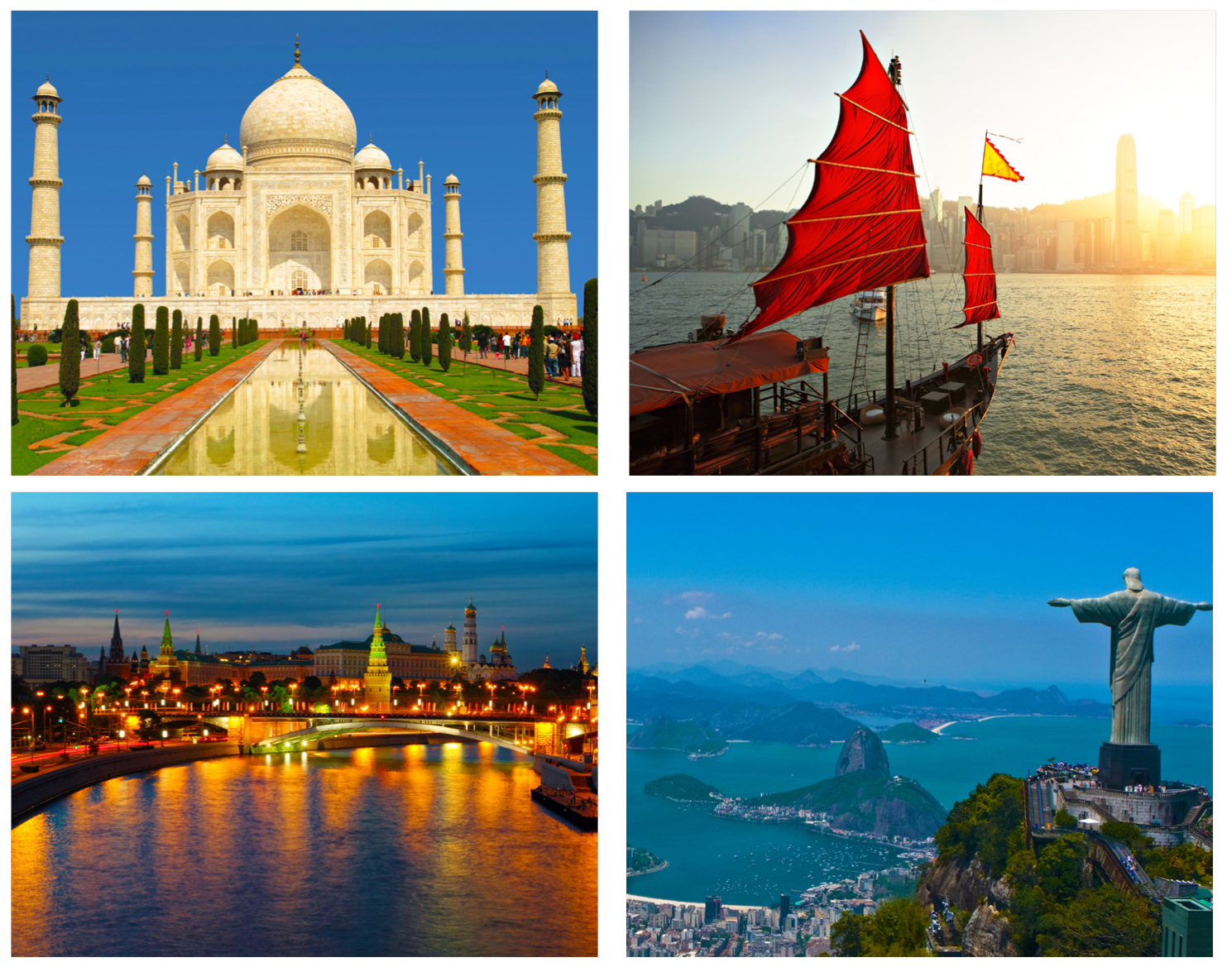Experienced Investor
‘Today is not the best day to invest in emerging markets’ – Schroders

Guest Author:
Paloma KubiakEmerging markets have performed much better this year compared with recent times but with the threat of Trump, the strength of the US dollar and shift towards inflationary growth, investor patience may be key.
Emerging markets (EMs) were the second top performing sector to the year ending August, according to The Association of Investment Companies (AIC), returning 30%, while the wider industry average was 9%.
For many investors, the 2016 stage was ripe for opportunities in the region as the actual and forecast growth, particularly in the Asian nations of China, India and Malaysia, was substantially above that of developed markets, 4-8% compared with 1-2% for the US and European Union.
Even going into the US election, EM currencies weathered the political uncertainties seen in mature markets, and inflation was lower than expected.
But set against the context of a “lower for longer” period of dis-inflationary growth over the past five to six years, Marcus Brookes, head of multi-manager at Schroders, says investors would have been right to avoid EMs, though they have had a good year this year.
But as we’re shifting into an environment of inflationary growth, EMs are what investors should be buying, though the message portrayed is that right now isn’t the right time. Brookes expects to go overweight from Q1 2017, once commodity prices stabilise as EMs tend to be big exporters of this benefitting from rising prices.

Wellness and wellbeing holidays: Travel insurance is essential for your peace of mind
Out of the pandemic lockdowns, there’s a greater emphasis on wellbeing and wellness, with
Sponsored by Post Office
He explains that whereas in dis-inflationary growth, investors would have done well to buy developed equities or real estate, as we enter a period of rising inflation and accelerating growth (last seen in 2003-2007), investors may benefit from buying EM equities and commodities.
He says: “We’re in a very different environment so it needs a very different portfolio. Instead of owning developed equities, you want to own EM equities. Though they have been underperforming over the past five to six years and you would have been right to avoid them, they had a good year this year, and this year’s performance is the start of something.”
He says investors “definitely want to own commodities” as we’ve already seen the price of a barrel of oil nearly double, going from $28 to $50, though he adds it’s still a “long way off its peak” from the $140 seen in 2008.
“We’ve seen commodity prices bottom out, if not stabilise, and EMs are by far the biggest producers of commodities. They have underperformed in the last five years so we’ve got something that’s cheap, and the fundamentals and political situation seems to be getting less bad. That to us is ripe for some sort of revaluation.”
He adds that it’s entirely possible to see fundamentals pick up, meaning the world’s largest consumer markets will start to buy more stuff.
“Absent of Mr Trump’s tariffs then you’ve got to think that supplies into the US will do well and emerging markets should do well.”
Trump – the spanner in the works for EMs
With president-elect Donald Trump’s protectionist stance which seeks to introduce trade tariffs, such as a 45% duty on Chinese imports to the US and his tough views on immigration (the Mexican wall), EMs have been exposed to heightened risk since the election.
This doesn’t mean investors should fall out of favour with EMs. In fact the 2017 forecast sees growth in India hit near 8%, above 5% for Indonesia, Russia return from near -4% to 1% and Argentina return to near 3% levels.
But with the strong dollar and expected Federal Reserve interest rate rise, it may be best for investors to exert some patience before re-considering EMs in early 2017.
James Barrineau, co-head of emerging market debt relative at Schroders, says EMs have matured as an asset class and there are lots of different opportunities for investors. However right now he says it’s not a great time to invest in the sector.
“EM currency and asset prices have had a great run but the strong dollar is the worst single thing for EMs. It sucks liquidity into the US which hurts asset prices in EMs.
“When the Fed hiked interest rates, many people talked about the negative effect of the Fed on global growth and when Yellen [chair of governors of the Federal Reserve System] talked about global growth and the dollar, the dollar fell and stabilised, and then liquidity flows and asset prices in EMs took off.
“We don’t know if the same thing will happen in this cycle [following a Fed interest rate hike in December], but the market is pricing off a lot of that in there and a sharp rate rise could cause problems.”
Barrineau adds that a turn in the US dollar and a weakening in the conditions that are making the US dollar strong would make EMs more attractive.